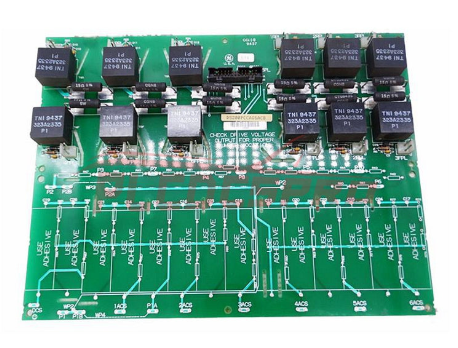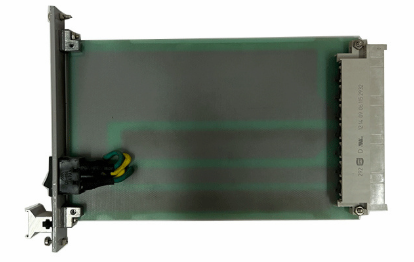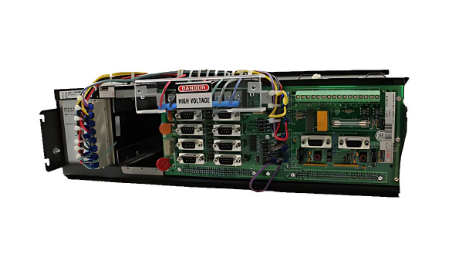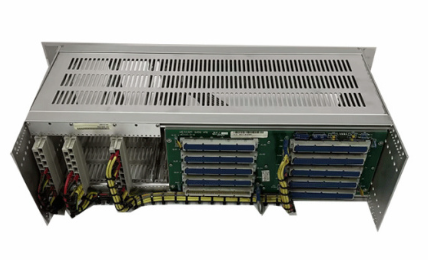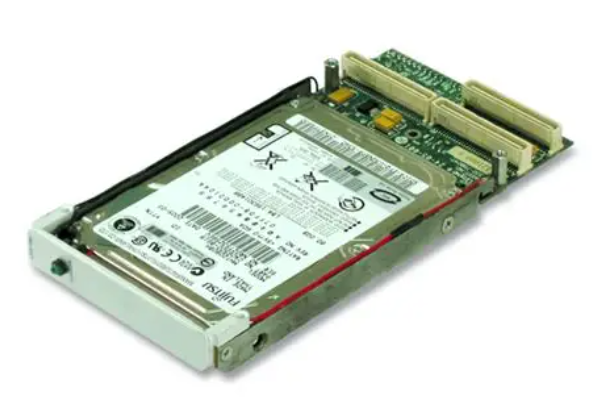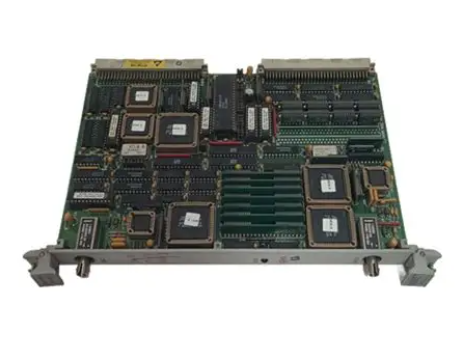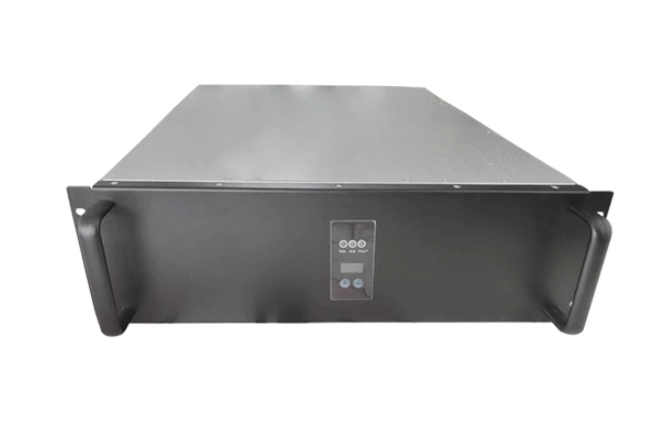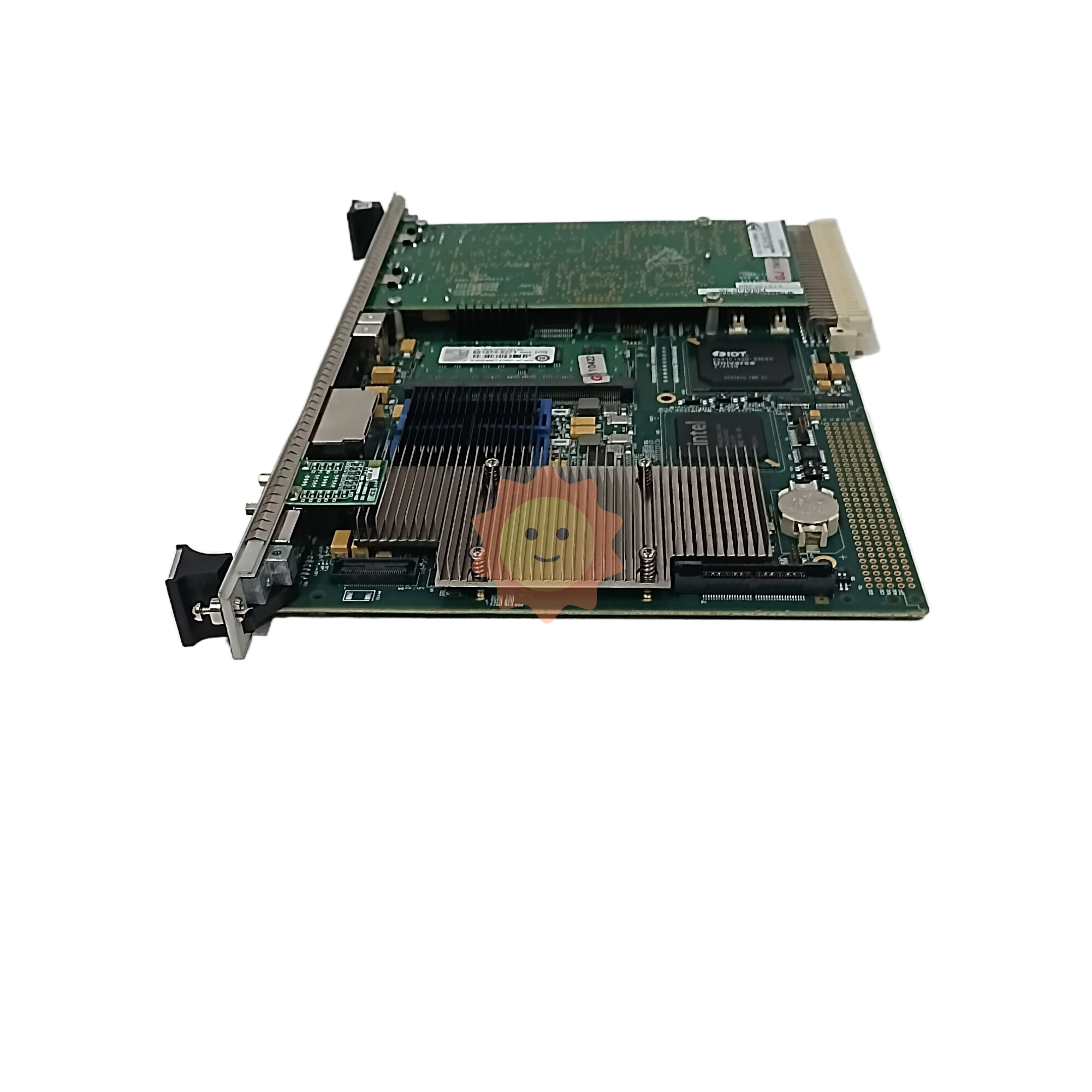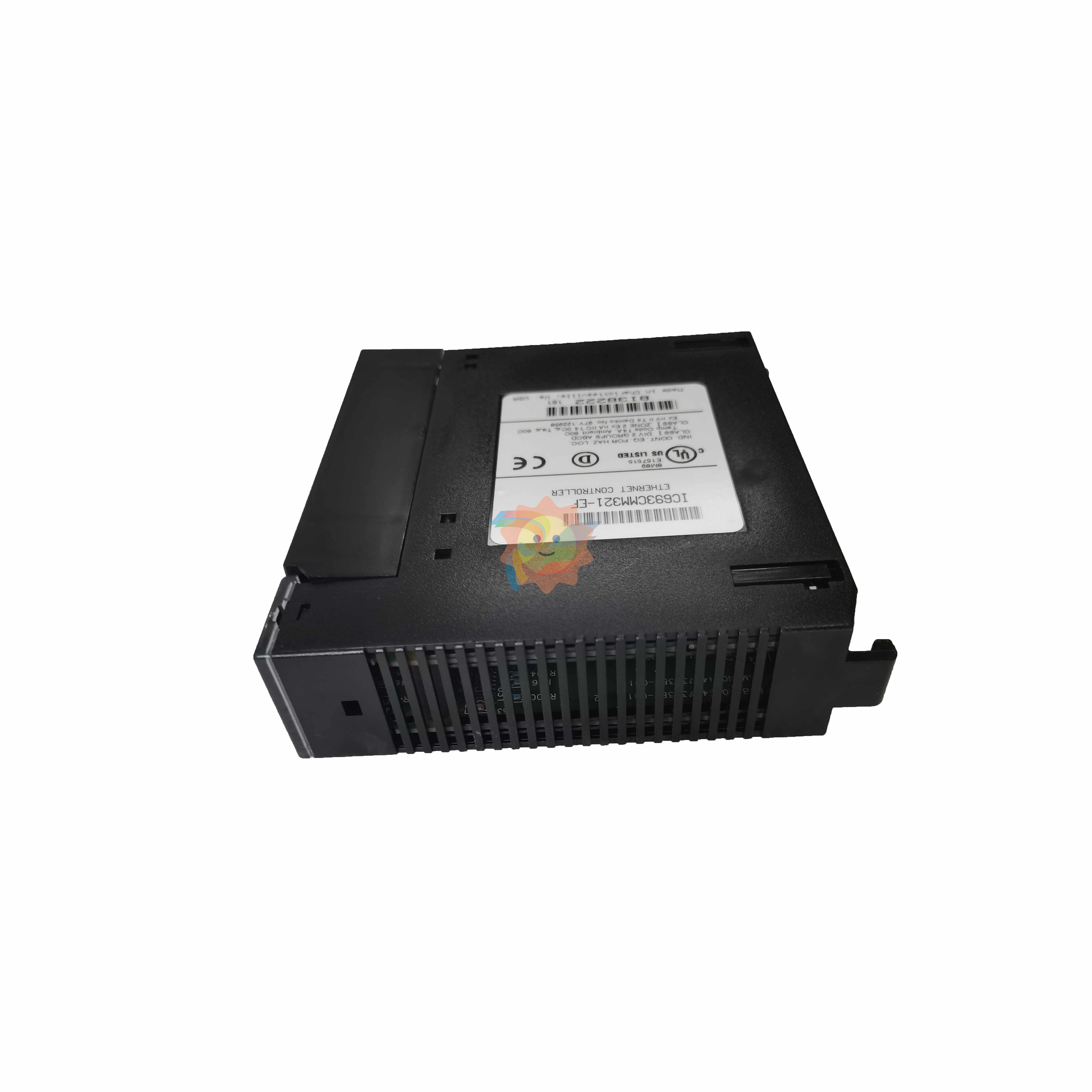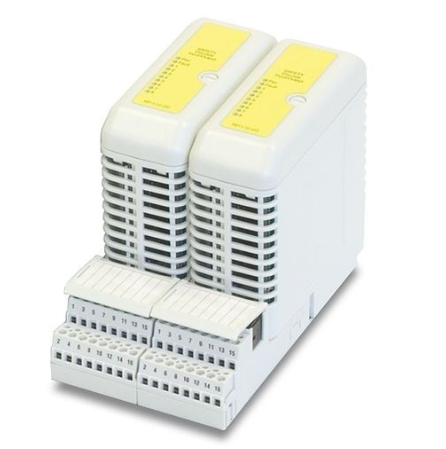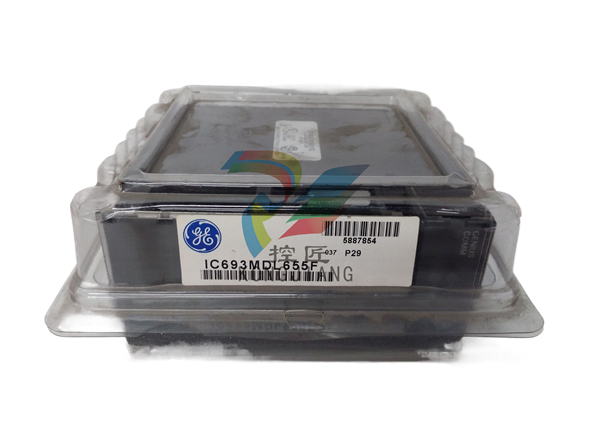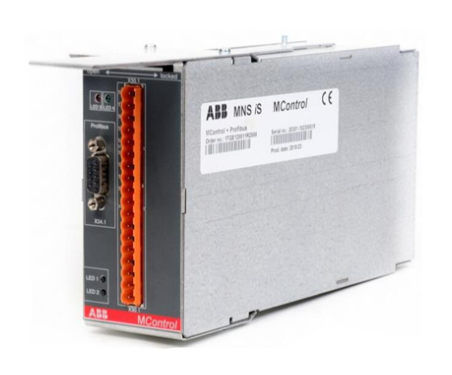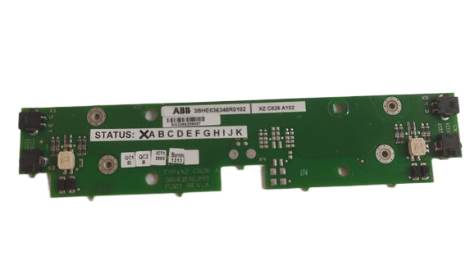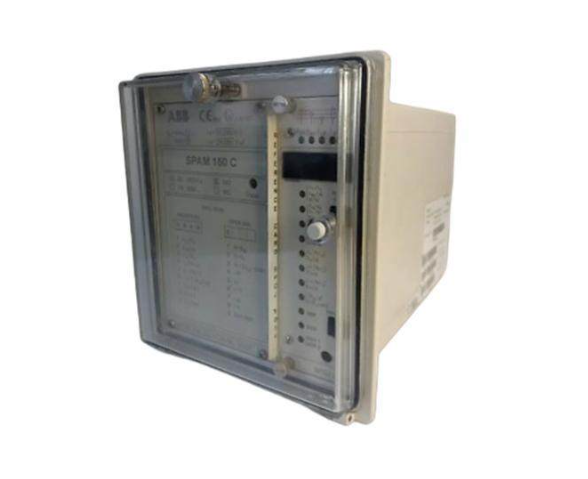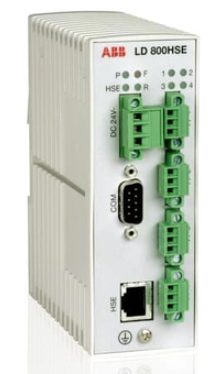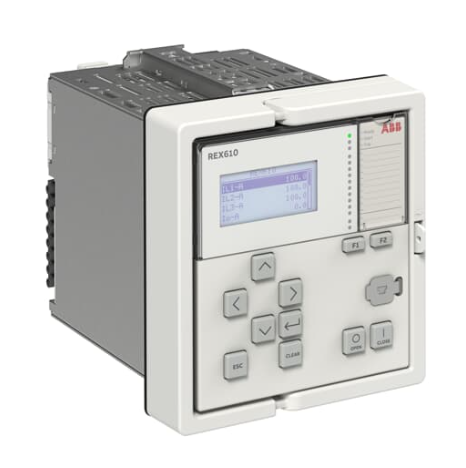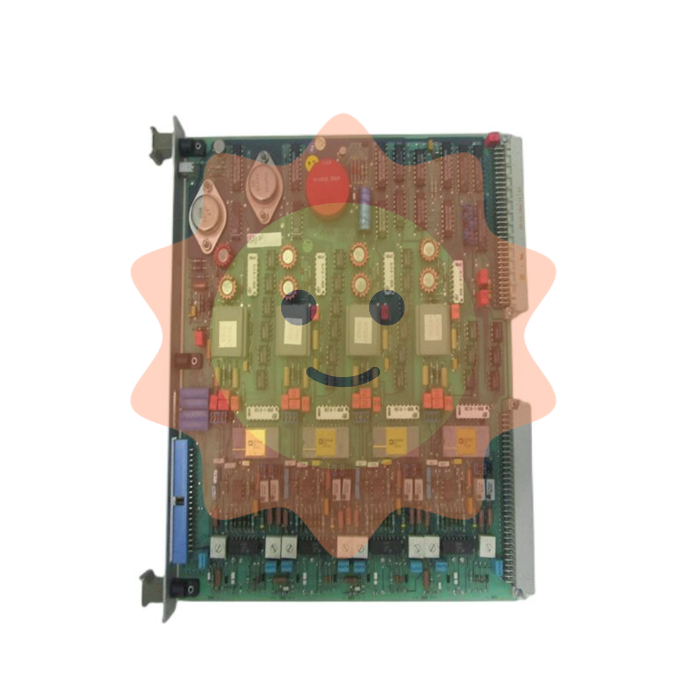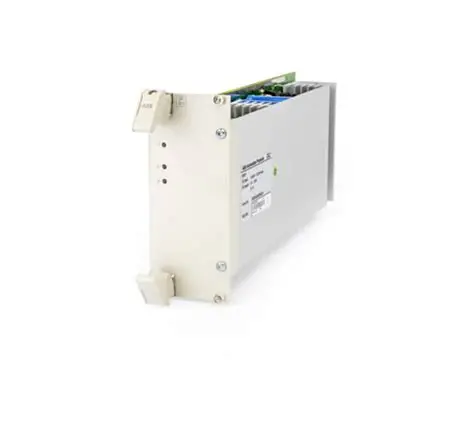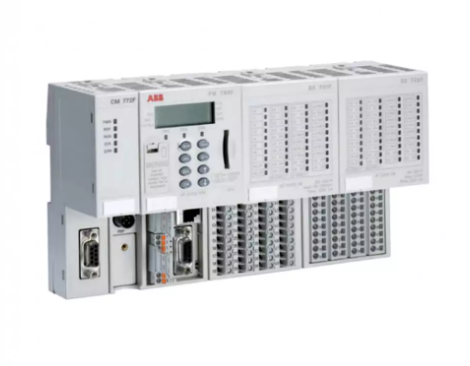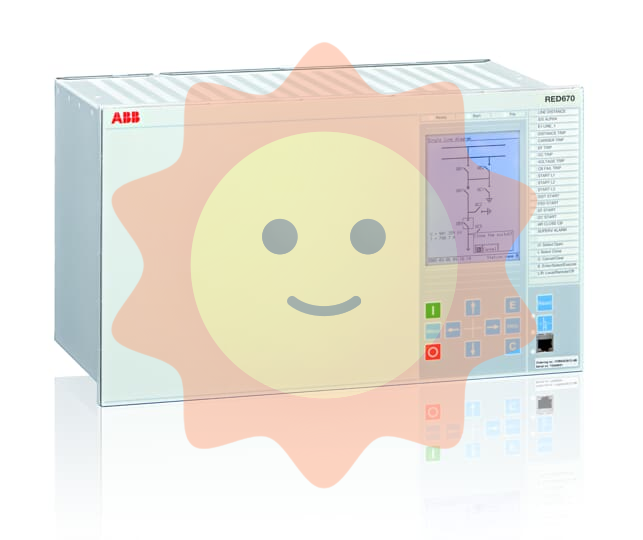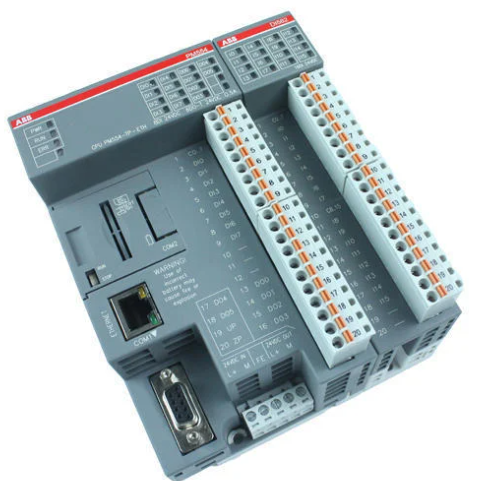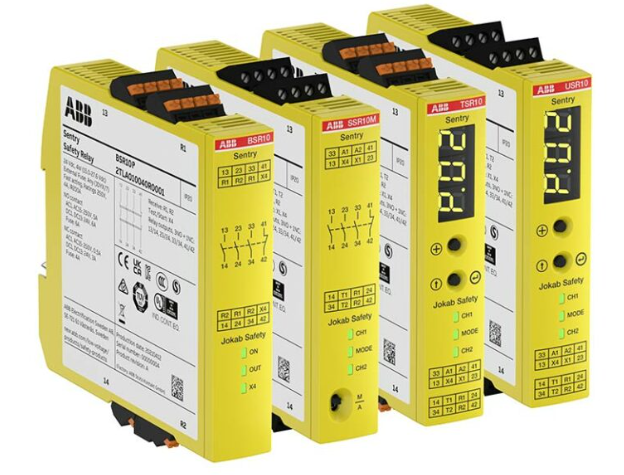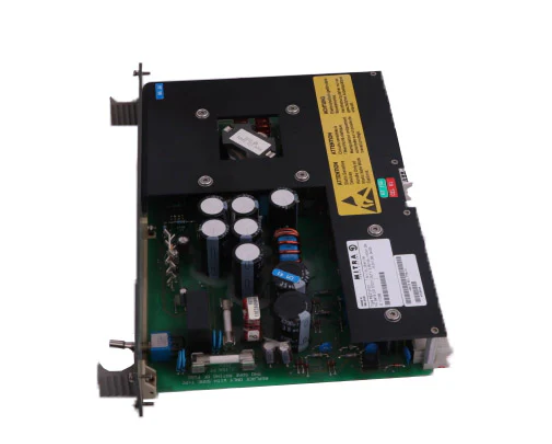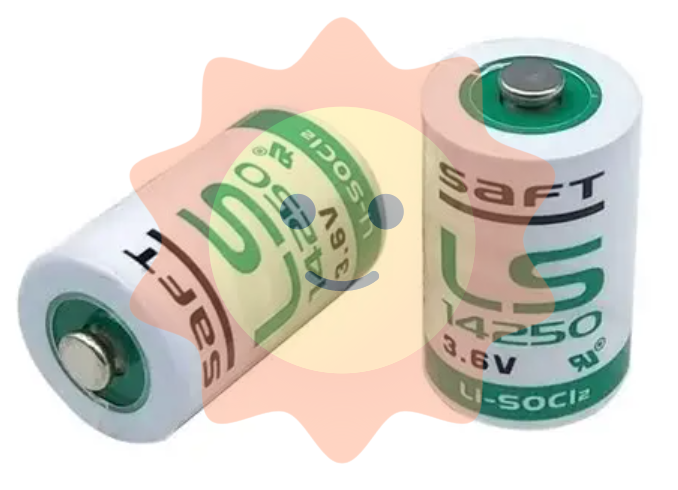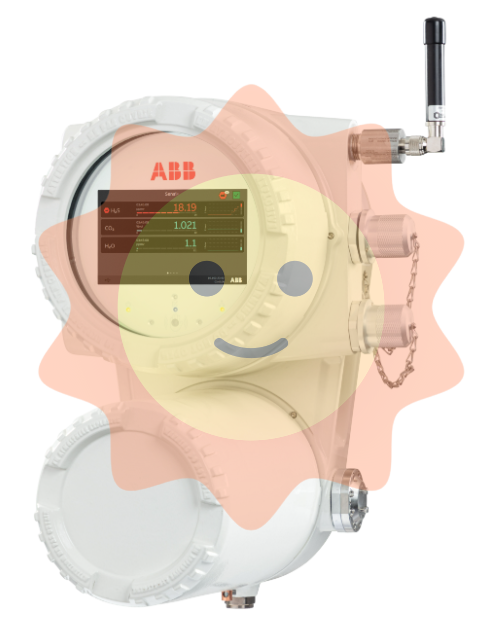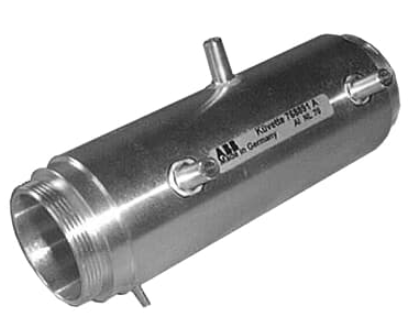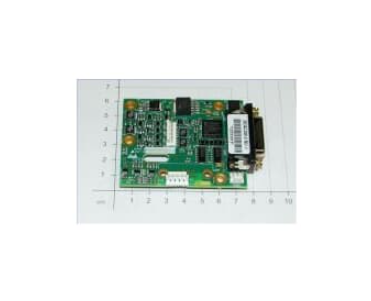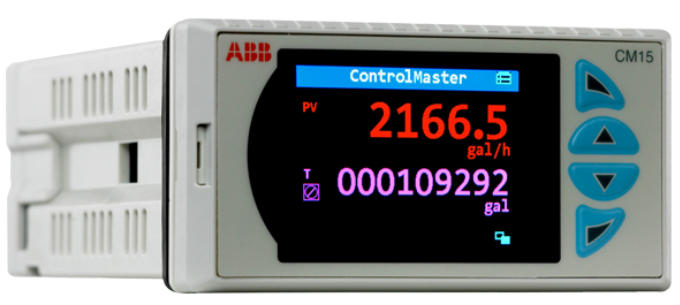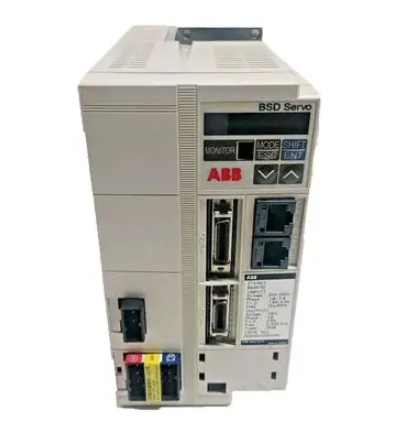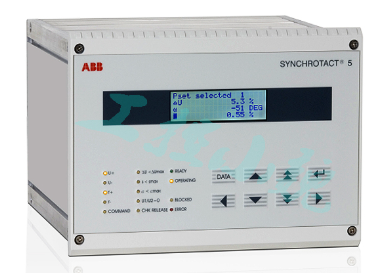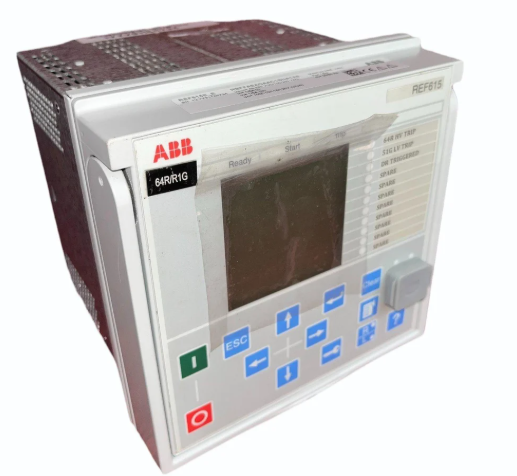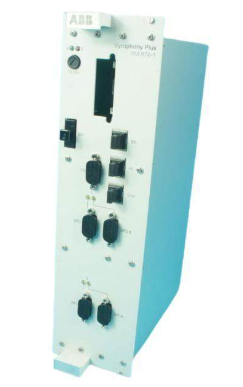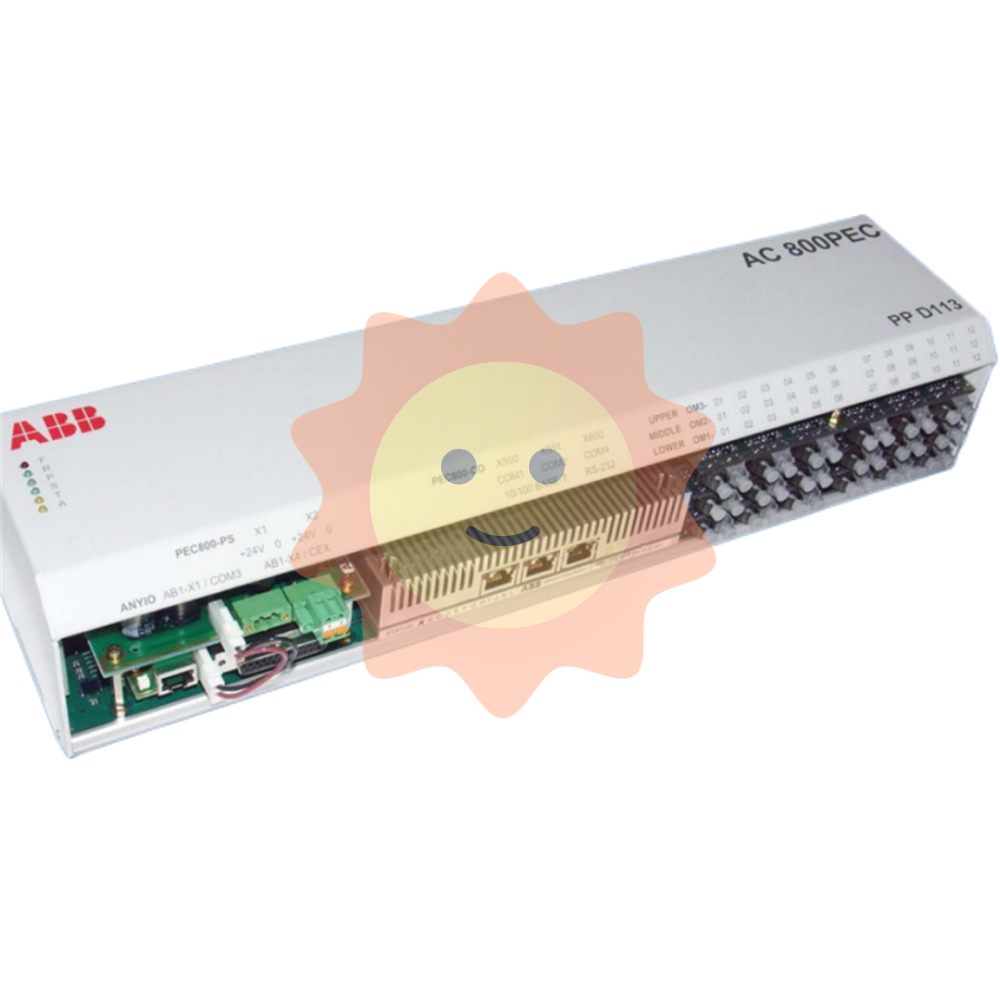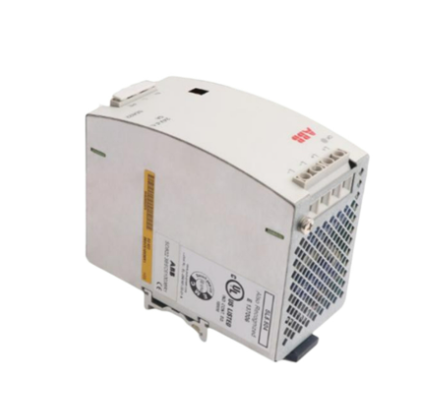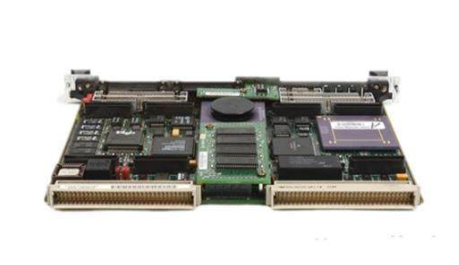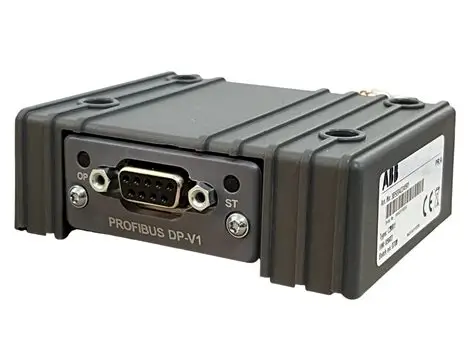5 types of fuel cells and their application scenarios
Energy is the source of the development of human society, and the development of energy technology is one of the important indicators to measure the level of economic development and living standards of a country. Every progress in human society is inseparable from breakthroughs and innovations in energy technology. However, the existing energy structure and the unreasonable use of human beings have brought "heavy damage" to human society: environmental problems such as acid rain, greenhouse effect, global warming, air pollution, and ozone layer destruction are gradually "forcing" human beings to pay attention to the transformation of the energy structure. The search for efficient, clean and sustainable development of new energy technology is also a problem that all countries must face and pay attention to.
Fuel Cell (FC) is an electrochemical device that can effectively control the chemical reaction of fuel and oxidizer, and directly convert the chemical energy into electrical energy, is an energy converter that converts the chemical energy in fuel into electrical energy, and is known as the fourth power generation method after thermal power, hydropower and nuclear power. Although the fuel cell is called "battery", there is a difference between the actual and the battery, the battery belongs to the category of energy storage, and the fuel cell does not store energy, essentially just an energy converter, more like a "generator".
Compared with traditional power generation methods, fuel cells have a special feature: in the reaction process, the fuel cell energy conversion process has no open flame combustion activity, so the energy conversion efficiency is not limited by the "Carnot cycle". In addition, fuel cells also have the advantages of fuel diversification, low noise, cleaner exhaust, less environmental pollution, good maintainability and high reliability [1].

FIG. 1 shows the comparative data of fuel cell direct power generation and traditional indirect power generation (comparison of annual power consumption of a family of 4) obtained by Panasonic after market research. Compared with traditional indirect power generation, energy consumption of a single family through fuel cell power generation can save 3734 kW·h of electricity per year [2]. After years of development, fuel cells have been gradually used in civilian, transportation, military and other fields.
1. Development history of fuel cells
As a class 4 power generation technology, fuel cells have been listed by Time as the first high-tech in the 21st century and are considered to be the 21st century energy Star. Since the beginning of the 19th century, the concept of fuel cells has gradually "emerged" in the field of energy, and has experienced more than 200 years of development [3], its development source can be traced back to the discovery of electrochemical phenomena:
Volta was the first scientist to observe the phenomenon of electrochemistry, and he and Ritter are regarded as the founders of electrochemistry;
In 1839, British scientist Grove discovered the principle of fuel cells in the electrolysis process of water, and published the first article about fuel cells, introducing the fuel cell experiment;
In 1889, Mond and Langer improved Grove's invention by using a porous non-conductive material impregnated with electrolytes as a battery separator, using platinum black as a catalyst, and using a drilled platinum or gold sheet as a current collector to assemble a fuel cell using hydrogen and oxygen as fuel and oxidant.
In the 1950s, the US General Electric company invented the first proton exchange membrane fuel cell;
In 1959 Bacon produced the first working Bacon-type fuel cell (AFC), and Allis-Chalmers introduced the first farm tractor powered by a fuel cell.
In the 1960s, the United States Aeronautics and Space Administration (NASA) first used fuel cells as the main power source on the Apollo moon landing spacecraft, and fuel cells have thus made an "outstanding contribution" to the human moon landing. Since then, the research of fuel cell technology has attracted the attention of various countries and started to enter the stage of rapid development [4].

After the 1970s, under the dual pressure of environmental protection and energy demand, especially the outbreak of the 1973 oil crisis, countries around the world began to face up to the importance of energy, and more stimulated scientists' enthusiasm for the research and development of fuel cell technology, the first generation of fuel cells (phosphoric acid fuel cells fueled by purified reformed gas), PAFC), the 2nd generation fuel cell (molten carbonate fuel cell, MCFC, fueled by purified gas and natural gas), and the 3rd generation fuel cell (solid oxide electrolyte fuel cell, SOFC) have been developed successively.
In 1993, Canada's Ballard Power System launched the world's first vehicle powered by proton exchange membrane fuel cells, and fuel cells began to enter the civilian field. In the 1990s, fuel cells, as a clean, cheap and renewable energy use, gradually moved from the laboratory to the "homes of ordinary people" [4]. At present, many hospitals, shopping malls, schools and other public places in the world have installed fuel cell power supply, and automobile manufacturers in various countries have begun to develop a variety of new energy vehicles powered by fuel cells.
- EMERSON
- Honeywell
- CTI
- Rolls-Royce
- General Electric
- Woodward
- Yaskawa
- xYCOM
- Motorola
- Siemens
- Rockwell
- ABB
- B&R
- HIMA
- Construction site
- electricity
- Automobile market
- PLC
- DCS
- Motor drivers
- VSD
- Implications
- cement
- CO2
- CEM
- methane
- Artificial intelligence
- Titanic
- Solar energy
- Hydrogen fuel cell
- Hydrogen and fuel cells
- Hydrogen and oxygen fuel cells
- tyre
- Chemical fiber
- dynamo
- corpuscle
- Pulp and paper
- printing
- fossil
- FANUC
- Food and beverage
- Life science
- Sewage treatment
- Personal care
- electricity
- boats
- infrastructure
- Automobile industry
- metallurgy
- Nuclear power generation
- Geothermal power generation
- Water and wastewater
- Infrastructure construction
- Mine hazard
- steel
- papermaking
- Natural gas industry
- Infrastructure construction
- Power and energy
- Rubber and plastic
- Renewable energy
- pharmacy
- mining
- Plastic industry
- Schneider
- Kongsberg
- NI
- Wind energy
- International petroleum
- International new energy network
- gas
- WATLOW
- ProSoft
- SEW
- wind
- ADVANCED
- Reliance
- YOKOGAWA
- TRICONEX
- FOXBORO
- METSO
- MAN
- Advantest
- ADVANCED
- ALSTOM
- Control Wave
- AB
- AMAT
- STUDER
- KONGSBERG
- MOTOROLA
- DANAHER MOTION
- Bently
- Galil
- EATON
- MOLEX
- Triconex
- DEIF
- B&W
- ZYGO
- Aerotech
- DANFOSS
- KOLLMORGEN
- Beijer
- Endress+Hauser
- MOOG
- KB
- Moxa
- Rexroth
- YAMAHA
- Johnson
- Westinghouse
- WAGO
- TOSHIBA
- TEKTRONIX


Email:wang@kongjiangauto.com



